Spain

Wednesday, May 24, 2023
Safe Routes to School Program in Barcelona
The "Camí escolar, espai amic" (“Safe Route to School, friendly space”) program began with the aim of increasing children´s and adolescents personal autonomy, responsibility and quality of life on their way to school or while walking around the neighborhood.
The program promotes road safety education in schools through an educational program conducted within the school and the community, and changes in the environment around the school. It is led by the Municipal Institute of Education of Barcelona (IMEB) and carried out in collaboration with the Department of Safety & Mobility of Barcelona. In each education center it includes four phases: Phase 0: We start to walk, for the definition of the project; Phase I: We explore the path, to carry out the diagnosis. Phase II. We go out into the neighborhood, to create the network of friendly spaces and celebrate the work done. Phase III: We keep the path alive, to evaluate and guarantee the sustainability of the project in the school and the educational community.
In Barcelona, police data on traffic injuries is geocoded and allows time series analyses since 2002. There are around 9,000 injuries due to road traffic crashes each year, with 11,000 persons injured, around 300 severely injured, and 15-25 fatalities in the most recent years. Pedestrians represent around 13% of all casualties, with the highest incidence occurring among young and old people.
This study aimed to evaluate the effectiveness of the Safe Routes to School (SRTS) program “Camins Escolars” conducted in Barcelona from 2006 to 2016 in reducing the number of road traffic collisions and injuries in the school environment.
The study used a pre-post quasi-experimental evaluation design, with a matched comparison group, including 64 intervention schools and 63 comparison schools. Outcomes included collisions and people injured within a radius of about 200 meters around schools during school hours, using geocoded data (2002-2019) from the local police register, and contextual variables. For each outcome measure, we fitted generalized linear mixed model with Poisson distribution.
The "Camí escolar, espai amic" (“Safe Route to School, friendly space”) program began with the aim of increasing children´s and adolescents personal autonomy, responsibility and quality of life on their way to school or while walking around the neighborhood.
The program promotes road safety education in schools through an educational program conducted within the school and the community, and changes in the environment around the school. It is led by the Municipal Institute of Education of Barcelona (IMEB) and carried out in collaboration with the Department of Safety & Mobility of Barcelona. In each education center it includes four phases: Phase 0: We start to walk, for the definition of the project; Phase I: We explore the path, to carry out the diagnosis. Phase II. We go out into the neighborhood, to create the network of friendly spaces and celebrate the work done. Phase III: We keep the path alive, to evaluate and guarantee the sustainability of the project in the school and the educational community.
In Barcelona, police data on traffic injuries is geocoded and allows time series analyses since 2002. There are around 9,000 injuries due to road traffic crashes each year, with 11,000 persons injured, around 300 severely injured, and 15-25 fatalities in the most recent years. Pedestrians represent around 13% of all casualties, with the highest incidence occurring among young and old people.
This study aimed to evaluate the effectiveness of the Safe Routes to School (SRTS) program “Camins Escolars” conducted in Barcelona from 2006 to 2016 in reducing the number of road traffic collisions and injuries in the school environment.
The study used a pre-post quasi-experimental evaluation design, with a matched comparison group, including 64 intervention schools and 63 comparison schools. Outcomes included collisions and people injured within a radius of about 200 meters around schools during school hours, using geocoded data (2002-2019) from the local police register, and contextual variables. For each outcome measure, we fitted generalized linear mixed model with Poisson distribution.

Friday, May 12, 2023
The main problems and challenges in terms of road safety in our territory are linked to road indiscipline on the part of electric scooter and bicycle users, predominantly young and, consequently, on the atmosphere of insecurity that this causes in the rest of the actors present on public roads.
For this reason, it is necessary to tackle the problem through road safety training strategies for these groups, in addition to those others labeled as vulnerable.
For this reason, it is necessary to tackle the problem through road safety training strategies for these groups, in addition to those others labeled as vulnerable.
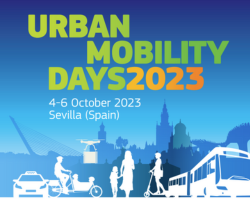
Thursday, April 27, 2023
With our innovative project Zero Objective we are addressing the figure of the designated driver among the youth. Although many of the students who did the activity are still in the process of getting their driver's license, they didn’t hear before about the designated driver. Thanks to ZERO OBJECTIVE PROJECT they are already very aware that they will put into practice what they learned in our designated driver workshop, generating in the attendees the commitment to take care of oneself and all the other drivers.
Zero Objective project is an awareness campaign based on the testimony of a victim of a road crash that was implemented by P(A)T during 2021 and 2022 with numerous groups of young pre-drivers (17 to 24 years old), and its power to form reliable drivers is still obvious.
Zero Objective project is an awareness campaign based on the testimony of a victim of a road crash that was implemented by P(A)T during 2021 and 2022 with numerous groups of young pre-drivers (17 to 24 years old), and its power to form reliable drivers is still obvious.
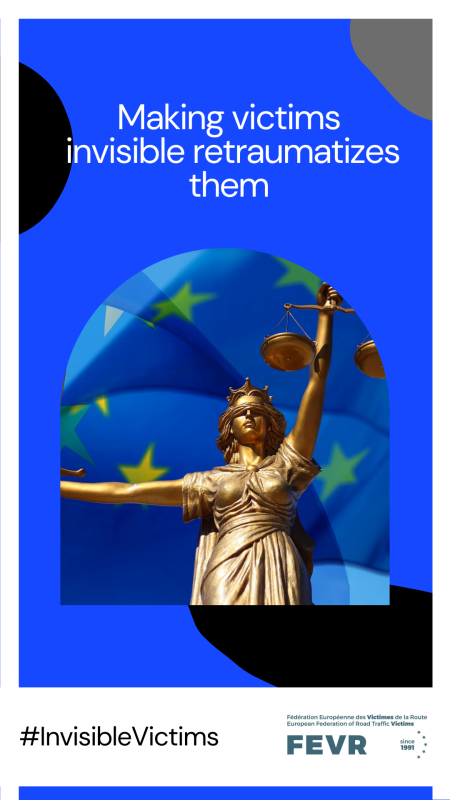
Saturday, April 22, 2023
In Europe, the application of Victims’ Rights Directive has been very disappointing for victims of road crashes, since a very small percentage has benefited from the Victim’s Statute. One of the reasons is the lack of recognition of victims of road crashes as victims of a crime, even though most of the time it is the result of assaults in traffic as a result of illicit, reckless and illegal conduct.
That is why we want to remind that road crash victims are also victims of violent acts that fall within the criminal sphere and that road violence causes deaths and injuries with lifelong consequences and must be protected by the Victims’ Rights Directive.
That is why we want to remind that road crash victims are also victims of violent acts that fall within the criminal sphere and that road violence causes deaths and injuries with lifelong consequences and must be protected by the Victims’ Rights Directive.

Friday, April 21, 2023
1. Right-hand priority rule
1.1 Safety
1.2 Fluidity
2. The roundabout
Functionality
SMART ROUNDABOUT©
3. Parking
3.1. The parking parallel to the axis of the road
3.2. The parking perpendicular to the axis of the road
3.3. The oblique parking on the axis of the road
3.3.1 The parking at a sharp angle to the axis of the road
3.3.2 Parking at an obtuse angle to the road axis
4. Crosswalks: safety, fluidity, slow speed
4.1 The danger when crossing the street
4.2 Intersection blocking
4.3 Intermittent blocking
4.4 The impossibility of applying visible markings
4.5 Geometry of crosswalks, solution for excessive speed
5. Vehicle lights
5.1 The third brake light
5.2 Lights
5.3 Horizontal daytime or position lights
5.4 Signal lights
5.5 The surface and luminous intensity
5.6 Emergency lights
6. Entry and exit lanes, in and out of the highway
6.1 Length of acceleration and deceleration lanes
6.2 Common acceleration/deceleration lanes
7. Road markings and reflective elements
7.1 STOP and Yield markings
7.2 The reflectivity of markings
8. The devices with dispaly inside the cars
9. European technical inspection
10. European vehicle card
11. Final conclusions
1.1 Safety
1.2 Fluidity
2. The roundabout
Functionality
SMART ROUNDABOUT©
3. Parking
3.1. The parking parallel to the axis of the road
3.2. The parking perpendicular to the axis of the road
3.3. The oblique parking on the axis of the road
3.3.1 The parking at a sharp angle to the axis of the road
3.3.2 Parking at an obtuse angle to the road axis
4. Crosswalks: safety, fluidity, slow speed
4.1 The danger when crossing the street
4.2 Intersection blocking
4.3 Intermittent blocking
4.4 The impossibility of applying visible markings
4.5 Geometry of crosswalks, solution for excessive speed
5. Vehicle lights
5.1 The third brake light
5.2 Lights
5.3 Horizontal daytime or position lights
5.4 Signal lights
5.5 The surface and luminous intensity
5.6 Emergency lights
6. Entry and exit lanes, in and out of the highway
6.1 Length of acceleration and deceleration lanes
6.2 Common acceleration/deceleration lanes
7. Road markings and reflective elements
7.1 STOP and Yield markings
7.2 The reflectivity of markings
8. The devices with dispaly inside the cars
9. European technical inspection
10. European vehicle card
11. Final conclusions
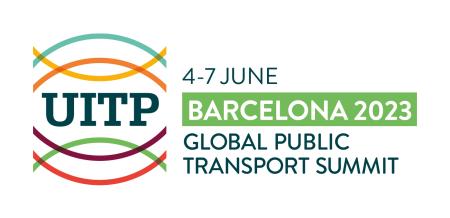
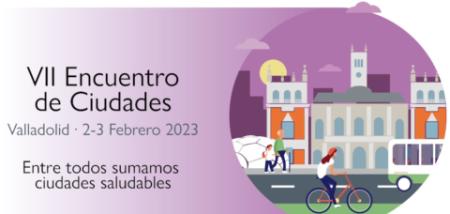
2 February 2023 08:00 – 3 February 2023 18:00
Spain
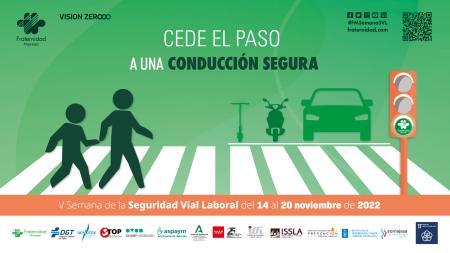
13 November 2022 23:00 – 20 November 2022 22:00
drevillo@fraternidad.com
Spain